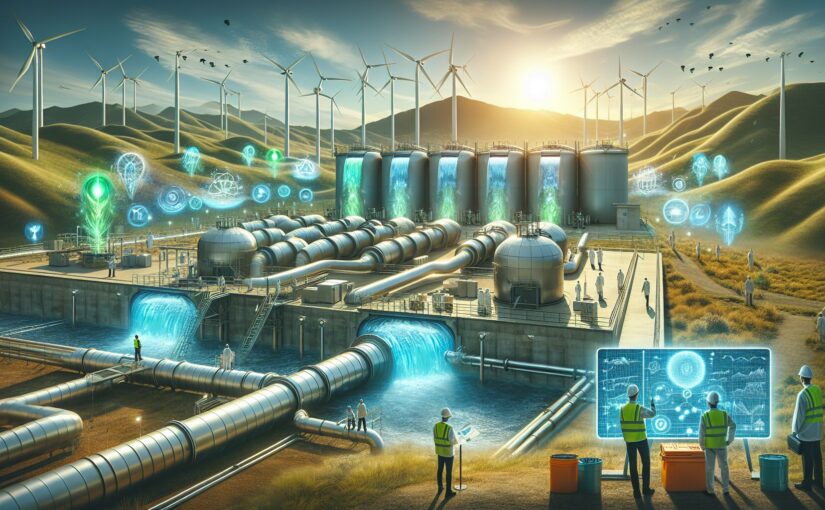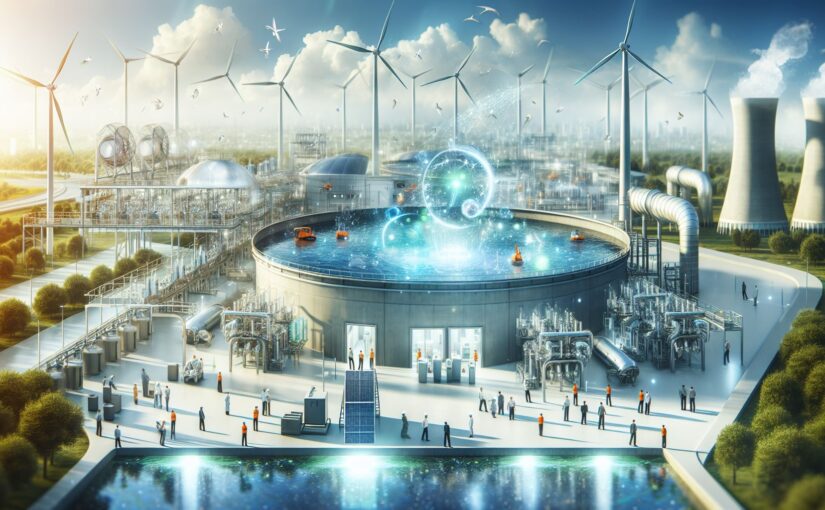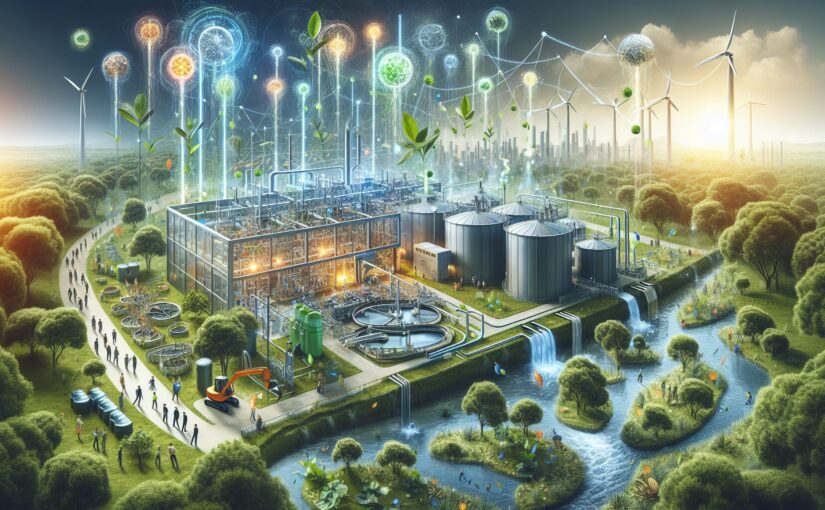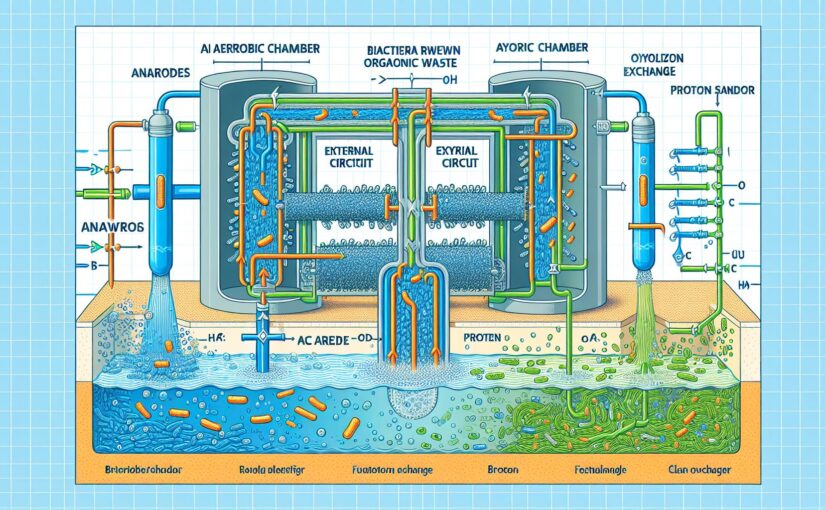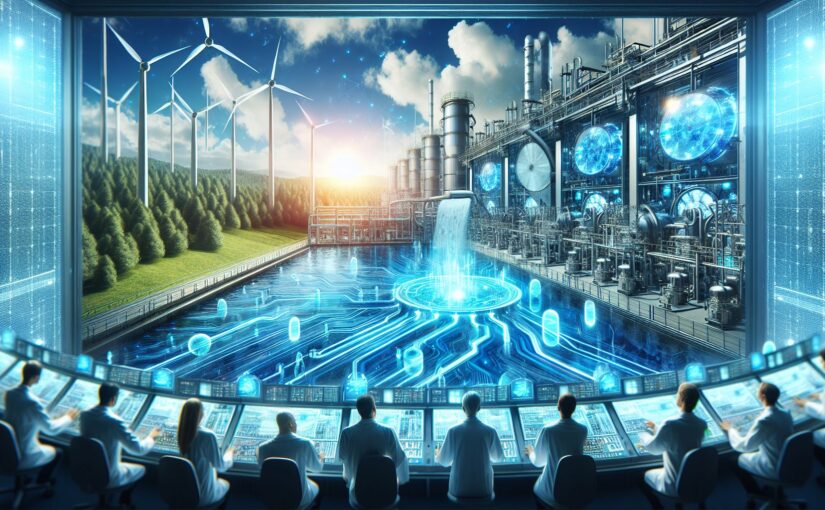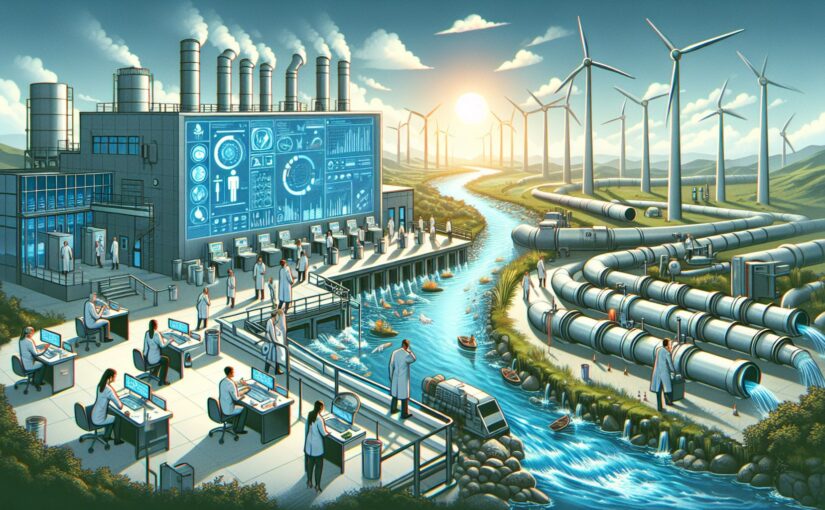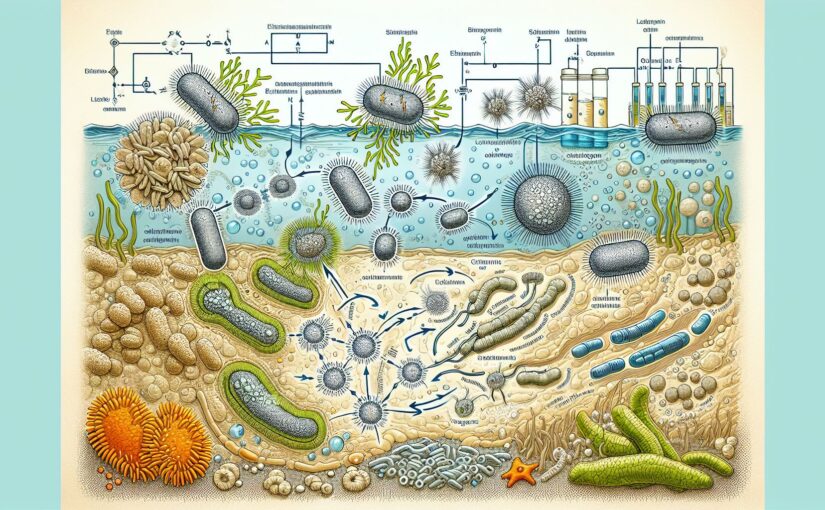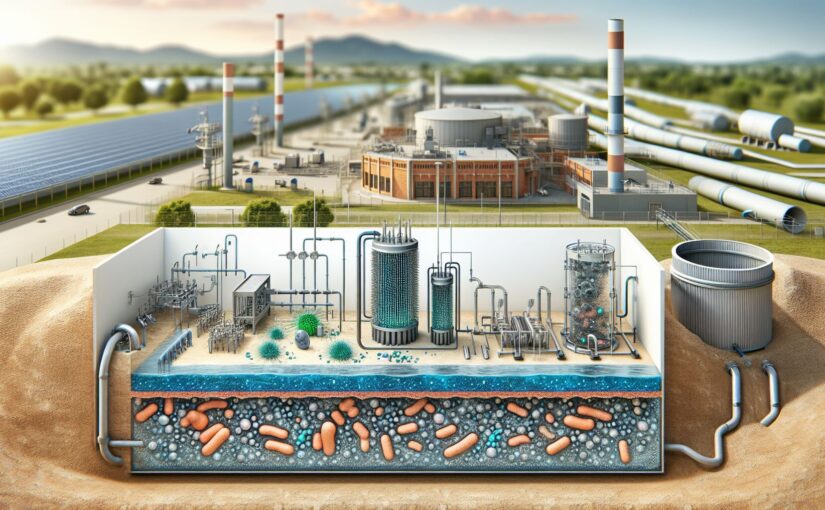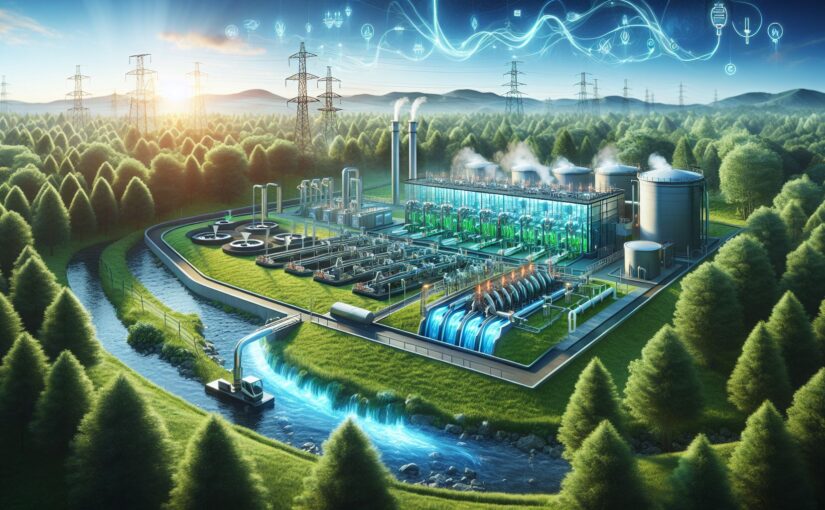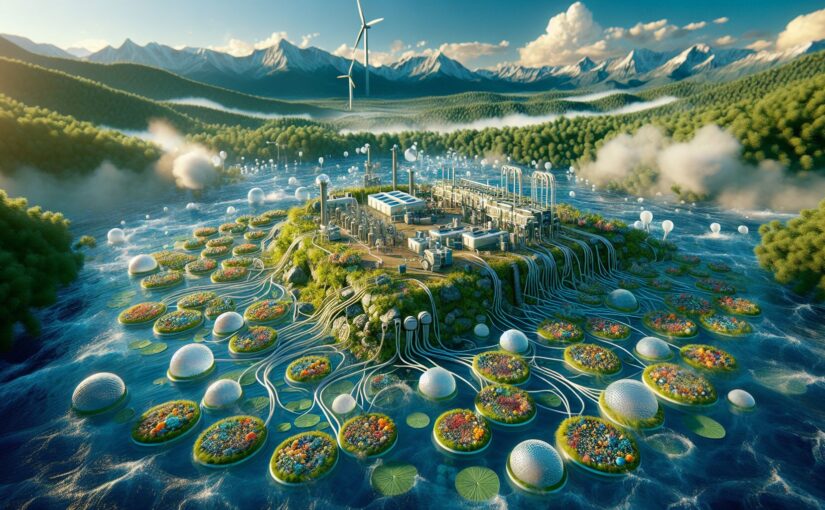The quest for renewable energy sources has always been a priority in the context of ongoing efforts to minimize the impact of human activity on the environment. Among the various potential sources available, one of the most promising yet overlooked comes from a rather unappealing place: wastewater.
A Viable Energy Source
Wastewater contains a wide range of organic compounds that microorganisms readily break down. During the metabolic process, these organisms release energy. This energy can be harvested and converted into electricity, ultimately transforming wastewater plants into power producers. It signifies an important step in making wastewater treatment processes sustainable and economically feasible.
The process takes advantage of microbial fuel cells (MFCs), an emerging technology that has promising implications for the field of renewable energy (1).
How It Works
The workings of MFC can be understood by picturing a typical battery with an anode and a cathode. As electroactive bacteria consume organic material in wastewater, they generate electrons and protons. These electrons are transferred to the anode and travel via an external circuit to the cathode, thus creating an electrical current.
The beauty of this process lies in the fact that it’s a win-win: the wastewater gets cleaned up, and in the process, it generates energy that can be utilized elsewhere.
Towards a Greener Future
This concept can be a game-changer, presenting a perfectly sustainable loop: waste produced by us becomes a valuable resource for clean energy production, which in turn powers our lives, businesses, and industries. Wastewater essentially represents an abundant, untapped source of renewable energy that has largely been ignored until now.
Furthermore, using wastewater for energy recovery can contribute to the circular economy philosophy, where waste no longer remains useless but becomes an invaluable resource.
Such processes are not only suitable for man-made wastewater but can also be adapted to natural water bodies for cleaning and energy recovery. The applicability of this practice covers a broad spectrum: from industries to farmyards, to municipal wastewater treatment plants(2).
Challenges and the Road Ahead
Scaling up from laboratory tests to full-scale implementation is challenging. However, ongoing research is making promising strides in this area. Key technical challenges include enhancing the efficiency of electron transfer and developing suitable materials for electrodes within MFCs.
Encouragingly, advances in nanotechnology and biotechnology are continuously improving the efficiency and cost-effectiveness of MFCs. For example, researchers are investigating the use of various materials, such as carbon nanotubes, graphene, and biochar, to enhance MFC performance (3).
While we’re still some way off large-scale renewable energy production from wastewater, the potential is undeniable. The day when we start to see our waste in a completely new light may be closer than we think.
As the planet continues to search for effective renewable energy sources, wastewater may well be worth its weight in gold. Welcome to the future of sustainable energy.
Sources
